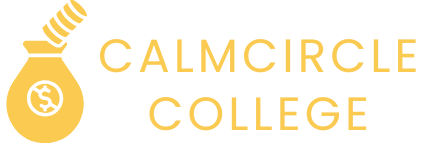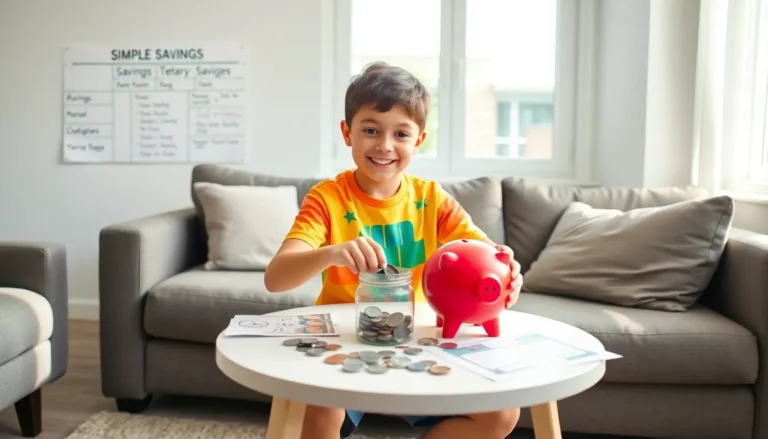When thinking about schooling, the traditional classroom often comes to mind, rows of desks, blackboards, and the occasional case of the Mondays. But wait. What if there was a world beyond those four walls? Enter alternative education programs, the quirky cousin of mainstream education that promises a dash of innovation and a sprinkle of flexibility. In this text, we’ll explore all the ins and outs of alternative education programs, answering questions you never knew you had and debunking myths that could fill a library.
So, buckle up as we jump into a realm where learning isn’t confined to textbooks, and students can thrive in ways they never thought possible.
Table of Contents
ToggleWhat Are Alternative Education Programs?

Alternative education programs offer educational experiences that deviate from the traditional method of schooling. They focus on a more personalized approach to learning, catering to students who may not flourish in a conventional classroom environment. These programs can take various forms but typically emphasize hands-on learning, critical thinking, and self-directed study. From homeschooling to unschooling, and from charter schools to special educational programs, there’s a myriad of options that allow students to pursue their interests in a supportive atmosphere.
Imagine a setting where students are no longer shackled to rigid curricula or standardized testing pressures. Instead, these programs might enable them to learn through real-world experiences, life skills, or even community service. Alternative education allows for flexibility in pace and style, catering specifically to individual strengths, interests, and needs.
Types of Alternative Education Programs
Several distinct types of alternative education programs exist, each designed to meet specific student needs. Here’s a look at some popular options:
1. Homeschooling
Homeschooling provides an opportunity for parents to take charge of their child’s education. This flexible approach allows tailored curricula designed around the student’s interests and learning pace, thereby fostering deeper engagement.
2. Charter Schools
Charter schools operate independently of the traditional school system while being funded by public sources. These schools often adopt innovative teaching methods, smaller class sizes, and unique curricula that aim to enhance students’ educational experiences.
3. Montessori Schools
The Montessori method champions self-directed learning, allowing children to choose activities that interest them. These schools emphasize collaborative play and hands-on learning, engaging students on multiple levels.
4. Waldorf Education
Waldorf education focuses on creativity and holistic development. It nurtures artistic expression alongside rigorous academics, providing students with a well-rounded learning experience.
5. Online Learning Programs
The digital age has ushered in numerous online learning platforms. These virtual programs offer flexibility and accessibility, enabling students to learn at their convenience with resources from various sources.
Benefits of Alternative Education Programs
Alternative education programs bring numerous benefits to both students and families. Here are a few notable advantages:
1. Personalized Learning
Students learn at their own pace, allowing for deeper understanding and retention. Tailored learning experiences ensure that students are engaged and motivated.
2. Focus on Lifelong Skills
These programs often emphasize critical thinking, problem-solving, and interpersonal skills instead of rote memorization and standardized tests, preparing students for real-life challenges.
3. Increased Parental Involvement
Alternative education often requires more parental involvement, allowing parents to play a significant role in their child’s learning journey. This collaboration can enhance family bonds and support student achievement.
4. Improved Emotional Well-Being
Students often experience a greater sense of belonging and self-worth in alternative settings. By working at their own pace, they can manage stress more effectively and develop a positive self-image.
Challenges Facing Alternative Education Programs
Even though their many benefits, alternative education programs face several challenges:
1. Funding and Resources
Many alternative programs struggle with securing adequate funding. This can limit available resources, affecting the quality of education provided.
2. Socialization Opportunities
Some alternative learners may find it challenging to interact with peers, potentially leading to feelings of isolation. Finding ways to connect with others is essential for developing social skills.
3. Variability in Quality
Alternative education programs can vary significantly in terms of quality and standards. Parents must diligently research and evaluate programs to ensure they meet their children’s educational needs.
Successful Case Studies in Alternative Education
Examining successful alternative education programs reveals their potential:
1. The Sudbury Valley School
Located in Massachusetts, this school empowers students to direct their learning. There are no formal classes or standardized tests. Instead, learners engage in age-mixed environments, allowing for peer-to-peer learning and collaboration.
2. Barlow School
This school in Ohio promotes radical self-paced learning, allowing students to explore their interests deeply. Notably, their focus on project-based work has yielded students who are highly engaged and motivated.
3. Khan Academy
Though not a school in the traditional sense, Khan Academy offers an extensive library of online learning resources. This platform empowers learners to pursue education on their terms, making it synonymous with alternative education in the digital era.
How to Choose the Right Alternative Education Program
Selecting the right alternative education program can feel daunting. Here are guidelines that may help:
1. Identify Learning Styles
Understand your child’s learning preferences. Does he thrive in hands-on environments or prefer solo studies? Matching the program to their style can make a significant difference.
2. Research Options
Investigate available programs in your area. Compare their curricula, teaching methodologies, and student success stories for well-informed choice-making.
3. Visit Programs
If possible, visit potential programs to gauge the environment. Engaging directly can help determine whether it’s the right fit for your child.
4. Ask Questions
Inquire about program outcomes, student engagement strategies, and opportunities for parent involvement. A good program should willingly provide this information.
The Future of Alternative Education Programs
As we look forward to the educational landscape, alternative education programs are likely to play a crucial role in shaping learning paradigms. The rise of technology and flexibility in the workforce suggests that personalized education will be invaluable. Also, as societal values shift towards accepting diverse learning styles, alternative education programs may gain increasing recognition and respect.
Also, with the growing awareness of mental health and well-being, non-traditional schooling approaches can place a greater emphasis on student happiness and fulfillment, providing a holistic educational experience that bricks-and-mortar schools often overlook.




